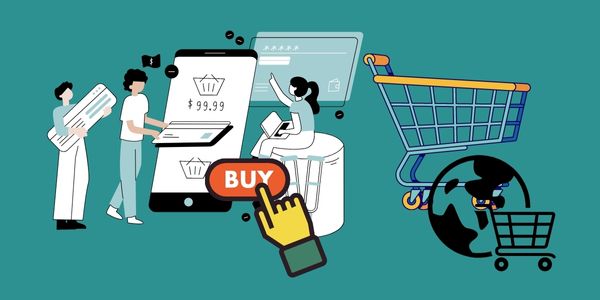One of the lovely things about e-commerce websites is how you can make payments from your environment’s comfort, and the website processes the payment in almost no time. Of course, you would want to implement this in your e-commerce website to better customer experience. These credit card payments are possible through a payment gateway and a credit card processor. Although you are most familiar with payment platforms like PayPal, there is more. For your e-commerce website to process credit cards, bills, and mobile payments, you need payment gateways like 2Checkout.com.
Although this process is not easy, and you would need to carry out your research with due diligence, it is worth it. Ensure that you have a secure checkout procedure on your website, in addition to Privacy and Return policies. You will also need an available customer service email address and phone number. As for shipping and delivery methods, you will also have to figure this out.

